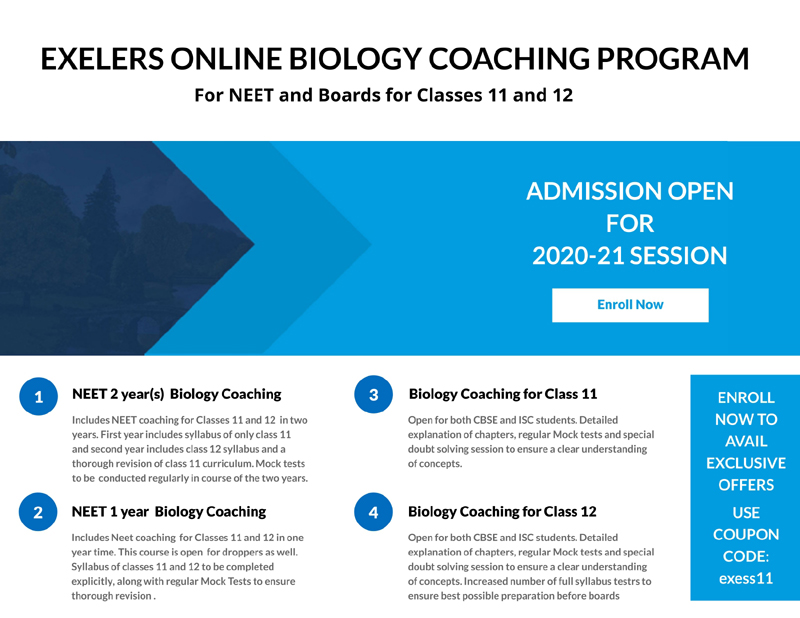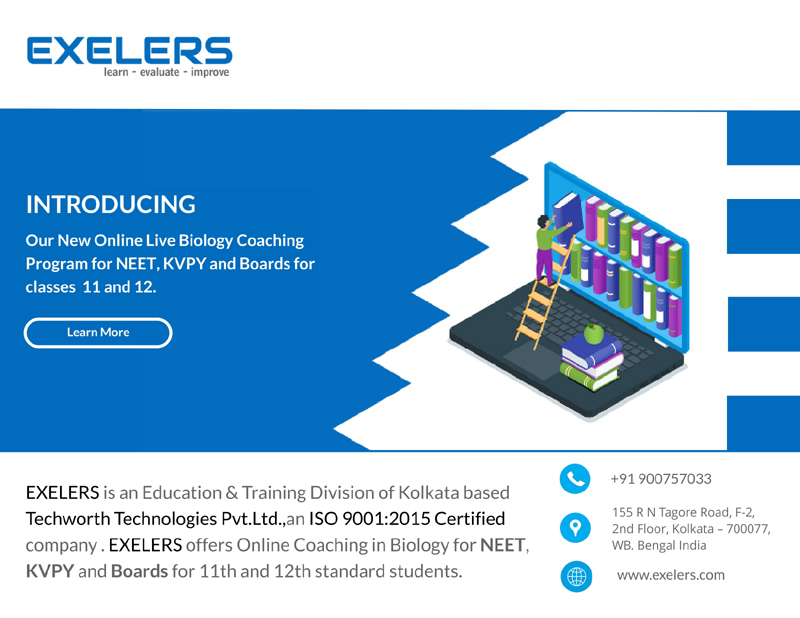The COVID-19 pandemic is set to change the world sooner than we know. The way our governments, institutions, organizations, and people think and function, will radically change – perhaps for the long term.
Among many economic sectors, the higher education sector is undergoing a tectonic shift right now. What several futurists and education technologists have been forecasting for long, is now happening.
Online learning is the best way to challenge the continuing threat of the coronavirus. With an increasing number of schools shutting down, students can continue to learn and evolve during this global pandemic (which is growing exponentially).
The world woke up to “pneumonia of unknown cause” detected in Wuhan, and it has not been the same ever since. As soon as WHO declared COVID-19 (designated as 2019-nCoV) a pandemic, schools, colleges, and universities began to shutdown. Even countries are on lockdown (Italy), and many states have issued a suspension of or screening for air travel due to this novel virus. In fact, an uneven global response on whether or not school should be closed is also troubling. But, what happens now? One microscopic entity has brought the world to its knees. Although prevention is the only way, it has surely made us question our everyday practices. Not only have people stopped shaking hands, but students have also stopped going to schools and colleges altogether. Life as we know it will never be the same again. So what is the recourse in times like this?
Online Learning Vs. COVID-19
With school closures worldwide, online learning is the need of the hour. The online learning platforms have stepped up to provide education in these times of the coronavirus. Online learning is enabling and empowering kids to stay safe as well as keep up with their studies. In a panic-stricken world, a student’s health is of paramount importance, as well as the ability to equip students with the right information.
As COVID-19 causes more and more school closures, lives are continually being affected. It becomes paramount to think critically and consider essential safety precautions and questions about the pandemic and determine what it tells us about the world today. It’s our responsibility to teach students when schools are closed.
 How Online Tutoring Platforms Can Help
How Online Tutoring Platforms Can Help
Although it may be a world of trending fake news, learning should not suffer. Information is power, and a student with the right information has the power to curb panic and change the world. The coronavirus scare may paralyze the world, but education should not take a backseat. This is because there are so many options available today, ranging from online tutoring to MOOCs (Massive Open Online Courses).
Online tutoring platforms are imparting knowledge, and technology is proving to be a boon in a time like this. Students can choose to continue to take classes online and receive help on their homework from a subject expert.
The good news is – the mainstream institutions are willing to move to online, and there’s a possibility of habits changing to enable Education 4.0. Or are we just being optimistic? Let us ask some sobering questions –
- Online higher education has been around for more than a decade now. Why did it not take over the conventional education system in the Pre-Covid era?
- Why is it not a norm already?
- When massive businesses have already moved from offline to online in the Pre-Covid era, why hasn’t higher education not moved to online?
While inertia and ‘fiefdom’ attitude of existing educators are partially to blame, the truth is, every industry that has become digital has had its own inertia and fiefdom hurdles. It is just that ‘digital’ brought in a massive wave of efficiency and effectiveness in these industries, and the pure economics and convenience of it washed away the inertia and fiefdom hurdles. In digital higher education, there has not been such a wave yet; it’s important to understand this.
Several efficiency and effectiveness reasons have impeded this wave, such as:
- Abysmal completion rates in the digital higher education system;
- Non-existent rigor of assessment;
- Non-establishment or non-transparency about improvement in knowledge, application and competency in learners;
- Non-contextual delivery (context is a key success factor in higher education; it influences the learning outcomes. Faculty in a classroom setup can size-up and deliver the class);
- One-size-fits-all delivery;
- Practitioners trying to just ‘transpose’ classroom to the digital medium, which is causing many problems;
- Doing “live” classes may not bring in efficiency or effectiveness;
- Taking a concept all the way to application or higher-order thinking is missing;
and many more reasons.
While the land is fertile for habits to change, the new digital landscape has its unsolved problems, and hence it is where it is.
The long term and sustainable triumph of this tectonic shift will depend on seven major elements of online learning.
1. Online learning is NOT a library of video lectures and e-books that converts class-notes into PDFs. Creating high quality digitized learning content must be contextualized and ‘byte-sized’ to make learning interesting and engaging. Doing this takes a rare skill set which few organizations in the world can boast of. Universities need to collaborate with such organizations for their digital pivots to be successful.
2. Subject matter covered in classroom is to be delivered online, but with technology as the intermediary. Blind replication of the same is a bad idea; it requires a great deal of understanding & application of learning science and digital pedagogy. Every teaching faculty needs to be enabled with this knowledge, or else collaboration with experts is the way forward.
3. Classrooms have typically diverse learner groups. In classical pedagogy, the best of teachers and subject matter experts derive a content-context cluster as a mean of the class’ collective ability and prior knowledge. Then the teaching–learning transaction is crafted according to that constructed mean. This will not and cannot work in online learning. Institutions need to spend as much time on the context for the diverse learner profiles, as on the content, and weave it into the program design.
4. New technologies including the emerging sciences of artificial intelligence and deep learning models can help us create customized learning plans and methods. Higher education institutions must embrace these quickly to overcome the ills of current digital higher education.
5. Online learning is not about ONE pedagogical model but an aggregation of various models. And it is indeed a specialized learning science that combines learning psychology, behavioral analytics, content delivery, and assessments to gauge and measure individual learner’s journey and progress. Working with specialists and ‘hand-stitching’ a delivery mechanism is the key.
6. Put learning science, and not technology, in the forefront. Very many models being created today seek to use technology and tools as a panacea and equate online ‘delivery’ with online ‘learning’. The former is teacher-centric, and the latter is learner-centric. ‘Learning’ is about gradually inducing changes in learner’s actions and behaviour. The learning process, in incremental steps, induces change in thinking and mental models of the learner through deep understanding and conceptual strengthening. After each learning episode, the learner will be able to apply the acquired knowledge in practical situations in life, profession, or workplace. Each teaching faculty needs to be massively re-trained and oriented for online teaching-learning mode. While they could be content experts or great classroom teachers, they need to place equal importance to ‘learning sciences in digital media’.
7. Of course, even in the post COVID-19 era, offline or conventional education models will not become obsolete. They will survive. However, blended learning (a combination of classroom and online modes) will be the norm. Institutions and teachers will blend the two judiciously according to the context and the content.
In sum, the newly realized need for establishing mature online education models, can be successfully met by making these “Queen sacrifices”!
- Faculty to let go off their existing practices of transposing classroom to online medium without applying the ‘science of digital learning’
- Universities to let go off their academic know-all stance and become willing to collaborate with digital learning specialists to train their teachers and re-design higher education for the newest online education world.
Though the world may be shaken, the only way out of this mayhem is to upgrade knowledge. We have many lessons to learn from this pandemic but what clearly stands out is that learning cannot stop. Awareness is the key, and we cannot let the education of children suffer. Online learning is a powerful recourse and is a beacon of hope as we get into murky waters of “corona scare.”


















































